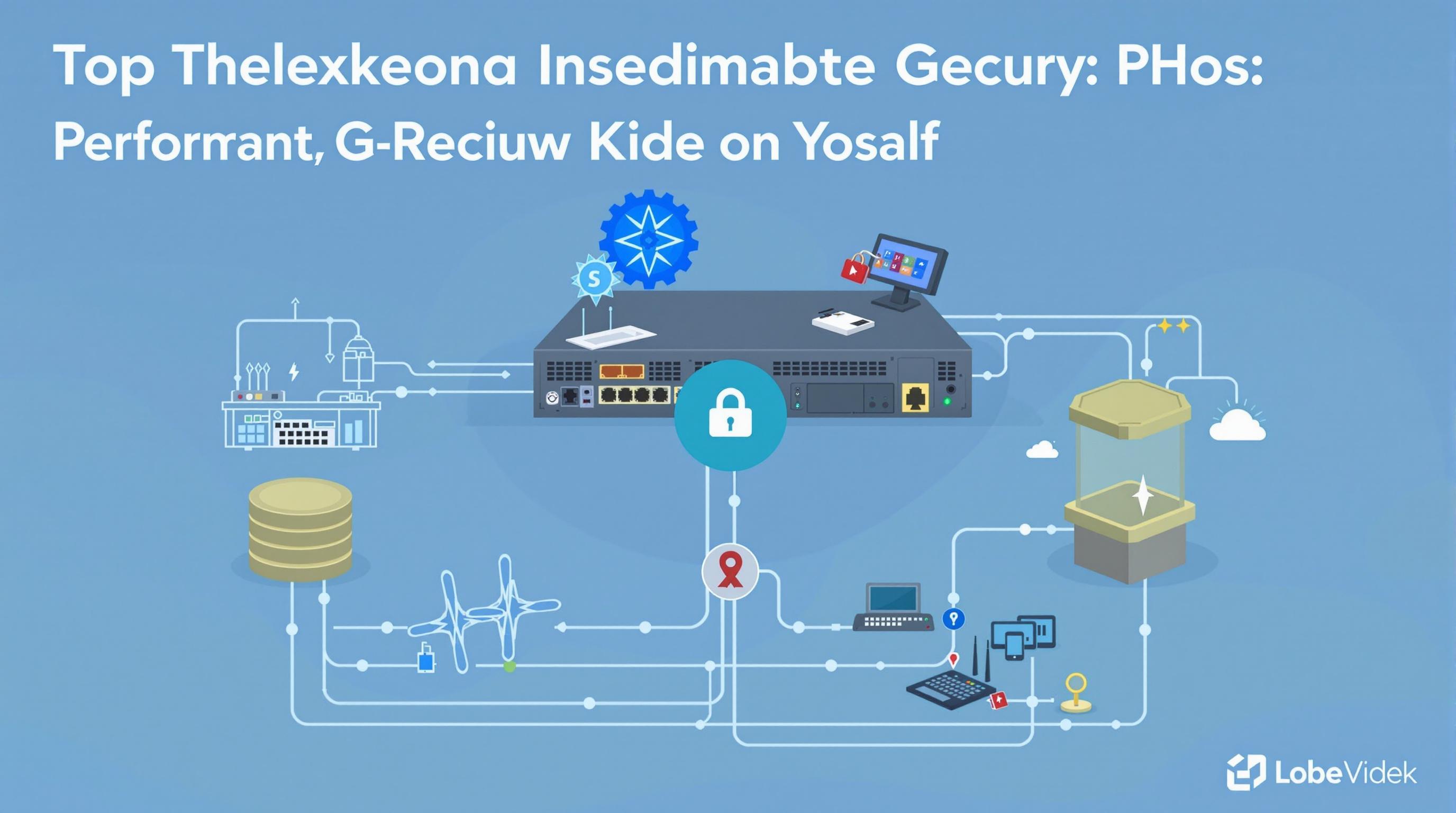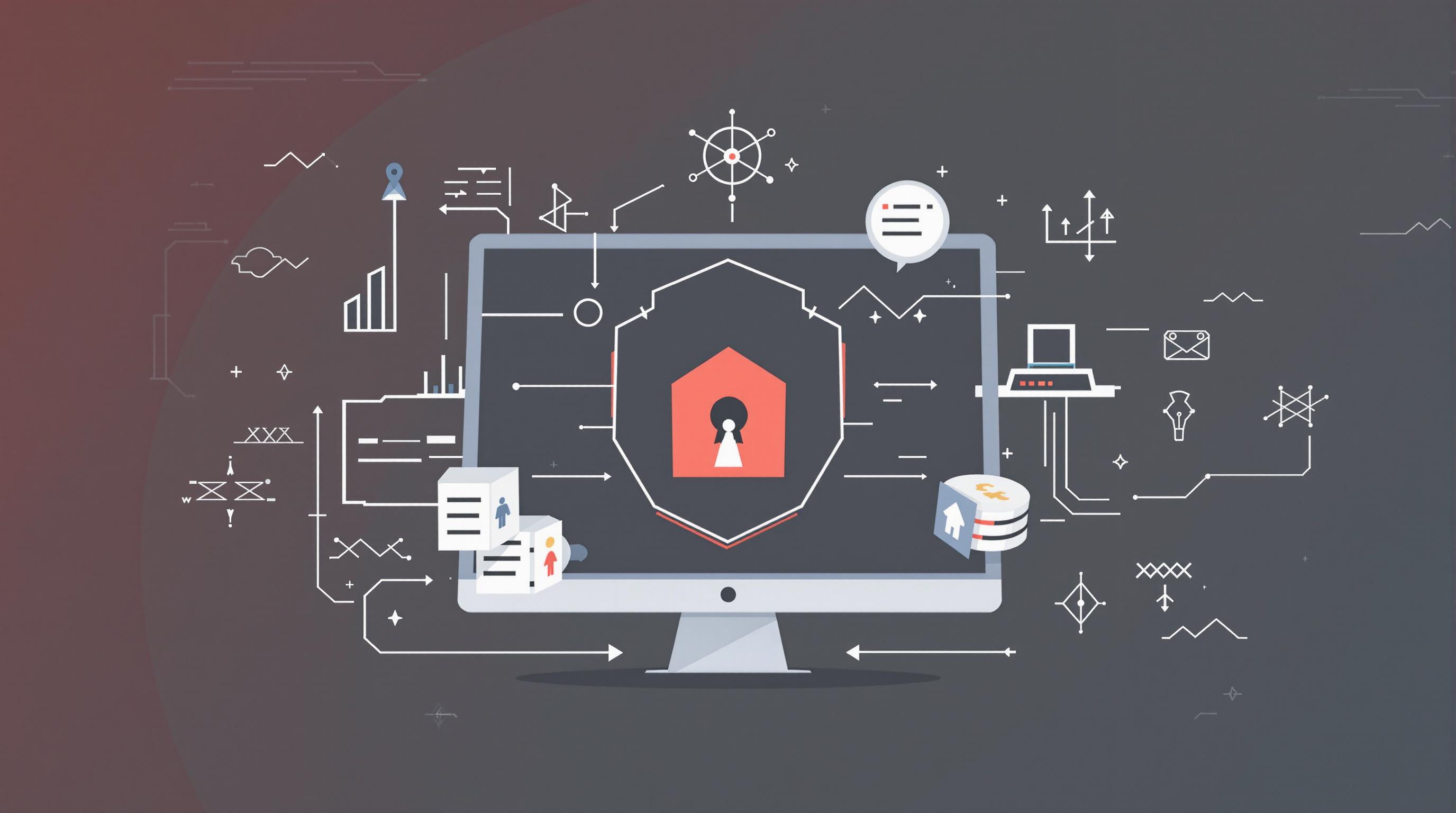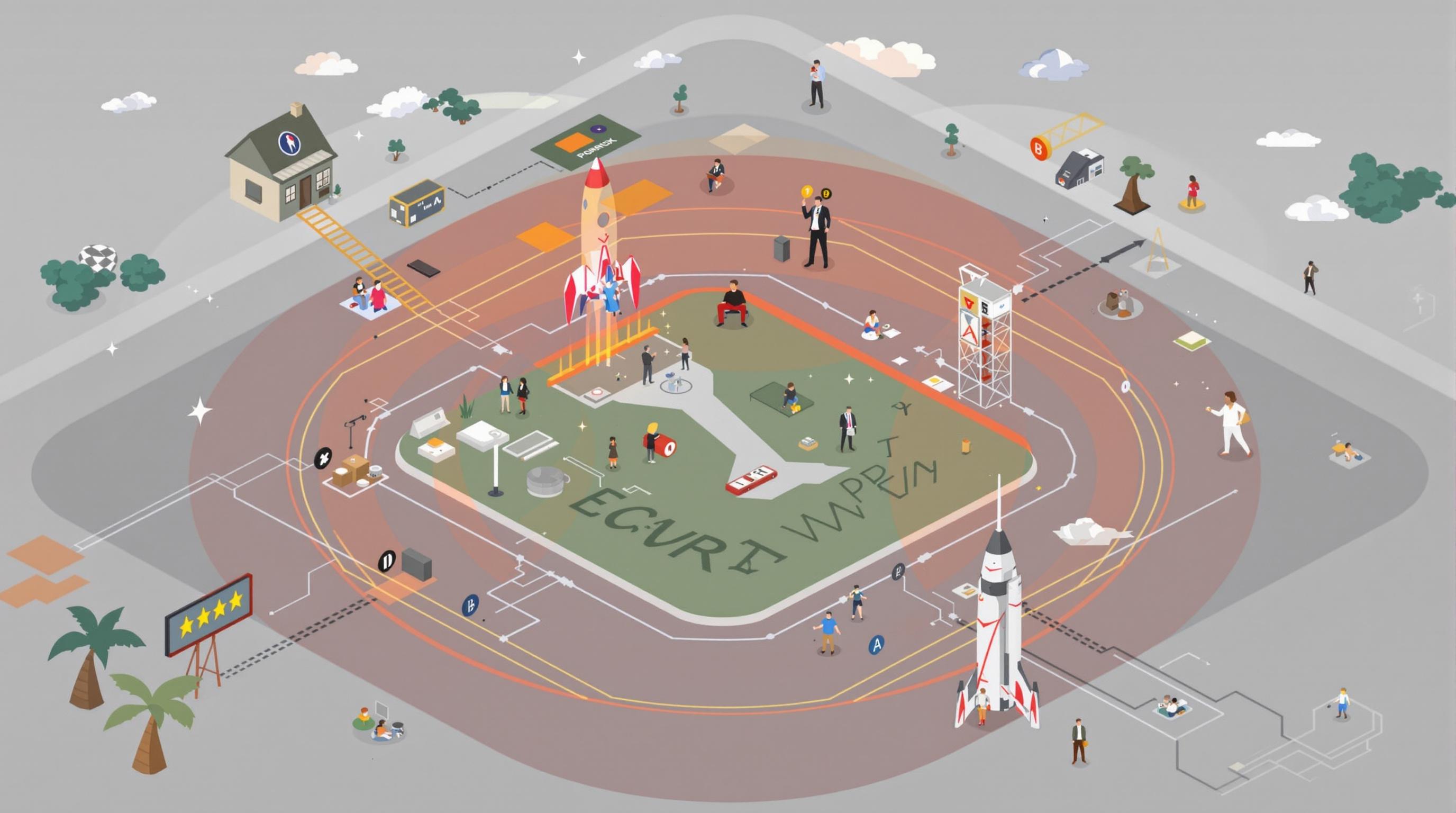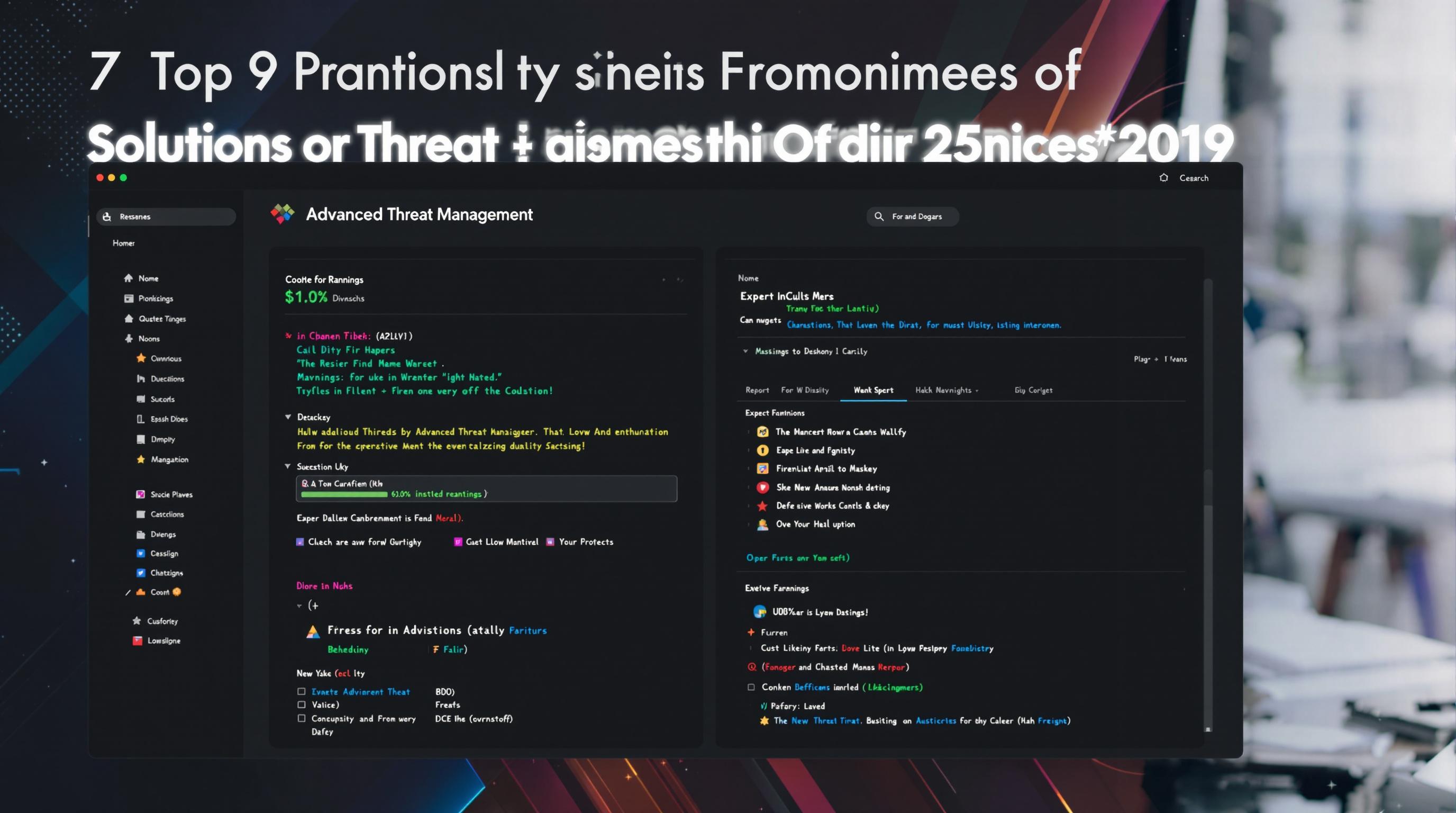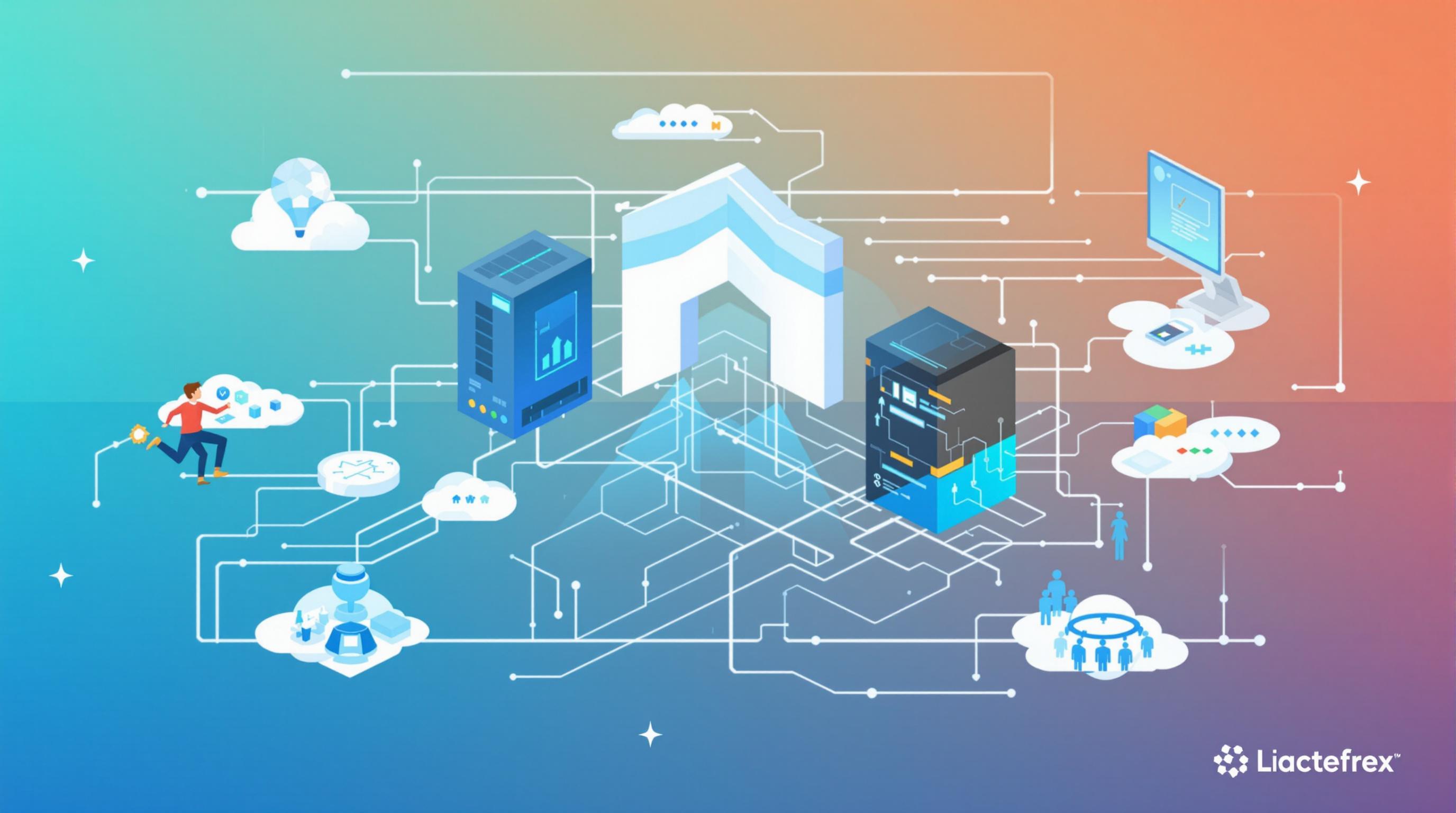Related Articles
- 8 Innovative Password Safes Released Since 2019 Changing How We Protect Our Digital Lives
- Top 6 Revolutionary Password Vaults Debuting Since 2019 That Are Disrupting Cybersecurity Norms
- 7 Innovative Browsers Released Since 2019 That Redefine Online Confidentiality and User Control
- Exploring Psychological Barriers to Adopting Enhanced Mail Safeguards Among Diverse User Groups
- Top 6 Privacy-Focused Browsers Launched Since 2019 That Outsmart Data Trackers Effortlessly
- How Antivirus Software Influences Environmental Footprints: Assessing Energy Use and Electronic Waste Trends
Top 7 Next-Gen Security Gateways Released Since 2019: In-Depth Reviews & Performance Rankings
Top 7 Next-Gen Security Gateways Released Since 2019: In-Depth Reviews & Performance Rankings
Top 7 Next-Gen Security Gateways Released Since 2019: In-Depth Reviews & Performance Rankings
Introduction
In an era defined by rapid digital transformation, the need for robust cybersecurity solutions has never been greater. Next-Generation Security Gateways (NGSGs) have emerged as critical tools to protect organizations from increasingly sophisticated cyber threats. Since 2019, several cutting-edge NGSGs have been released, each boasting advanced features, improved performance, and innovative architectures.
This article aims to provide comprehensive reviews and performance rankings of the top 7 NGSGs introduced since 2019. We’ll analyze their capabilities in threat detection, throughput, integration, and ease of management to help IT professionals make well-informed decisions tailored to their organizational needs.
Our evaluations are based on data from independent testing labs like NSS Labs, Gartner reports, and real-world user testimonials to ensure balanced and objective insights (source: Gartner, NSS Labs).
1. Palo Alto Networks NGFW 10.0
Palo Alto Networks released its NGFW 10.0 platform in late 2019, advancing their security gateway lineup with integrated AI-driven threat prevention and deep packet inspection. The platform supports seamless cloud and on-premises deployment, enabling a unified security posture across hybrid environments.
Performance-wise, the NGFW 10.0 demonstrated industry-leading throughput rates exceeding 50 Gbps with full threat prevention enabled, sustaining low latency critical for enterprise networks. Its proprietary single-pass architecture reduces processing overhead, allowing efficient inspection of encrypted traffic without falling behind.
User reviews praise Palo Alto’s extensive threat intelligence subscriptions and ease of management through Panorama, their centralized console. However, some note the higher cost relative to rivals, which might be a consideration for mid-sized organizations.
2. Fortinet FortiGate 6000F Series
The FortiGate 6000F series debuted in early 2020 as a high-throughput, modular NGSG aimed at service providers and large enterprises. Featuring purpose-built security processors (SPUs), it offers unparalleled speeds up to 1 Tbps on some models, setting a new benchmark for data center security gateways.
Robust threat intelligence is integrated via Fortinet’s FortiGuard Labs, providing real-time updates against malware, phishing, and zero-day exploits. The system also supports advanced SD-WAN capabilities, optimizing network performance alongside security functions.
While its power and flexibility garner positive feedback, complexity in initial setup and configuration has been a point of critique. Proper training and planning are essential to leverage its full potential.
3. Check Point Quantum Security Gateway R81
Check Point’s Quantum Security Gateway R81 was launched in mid-2020, delivering significant advancements in threat prevention efficacy, including enhanced ransomware protection. The platform introduces streamlined policy management with automated workflows to reduce administrative load.
With support for up to 100 Gbps firewall throughput and real-time threat extraction, the Quantum Gateway adapts well to data-intensive environments such as cloud providers and financial institutions. Check Point’s SandBlast zero-day protection integrates seamlessly for proactive risk mitigation.
Customers commend its intuitive user interface and comprehensive security features, although some report slower updates to firmware compared to other vendors, potentially delaying feature access.
4. Cisco Secure Firewall Threat Defense (formerly Firepower 4110)
Cisco rebranded their Firepower line to Secure Firewall Threat Defense with new hardware models released since 2019, including the high-performance 4110. This appliance emphasizes integration with Cisco’s broad ecosystem covering endpoint, network, and cloud security.
The 4110 model delivers up to 20 Gbps of threat defense throughput and excels in SSL/TLS encrypted traffic inspection using dedicated hardware acceleration. Its security effectiveness is enhanced by Cisco Talos threat intelligence, recognized for rapid threat identification.
Administrators appreciate comprehensive logging, reporting, and flexible deployment options, though some cite complex licensing structures as a barrier for smaller organizations seeking simplified solutions.
5. Juniper Networks SRX Series (SRX5800)
Juniper’s SRX5800 series, refreshed post-2019, combines high scalability with next-gen firewall protections suitable for service providers and cloud-scale enterprises. Its modular chassis design supports flexible interface types and high availability configurations for mission-critical networks.
The SRX5800 features integrated AI-driven analytics that enhance anomaly detection and automated threat response, increasing overall security agility. Throughput can reach up to 100 Gbps firewall performance, meeting demanding throughput requirements.
Customers highlight the device’s reliability and integration with Juniper’s Mist AI for comprehensive network insights, although initial deployment complexity remains a frequently cited challenge.
6. Sophos XGS Series (XGS 3300)
Released in 2021, Sophos XGS 3300 marks the company’s shift into high-end NGSG hardware, optimized for mid to large enterprises. It supports Sophos’ synchronized security framework, allowing endpoint and network defenses to share intelligence and coordinate responses.
The XGS 3300 handles encrypted traffic inspection efficiently with dedicated hardware, delivering up to 24 Gbps firewall throughput with full security enabled. The Sophos Security Heartbeat feature uniquely detects compromised endpoints and quarantines threats automatically.
Reviewers appreciate the appliance’s easy-to-use management console and competitive pricing, making it attractive for organizations wanting advanced features without enterprise-tier costs.
7. SonicWall NSa 6700
SonicWall’s NSa 6700, launched in 2020, targets high-throughput network environments requiring scalable and comprehensive security. It integrates SonicWall’s Real-Time Deep Memory Inspection™ (RTDMI) to detect and mitigate unknown malware in encrypted traffic swiftly.
With throughput up to 20 Gbps and the ability to manage thousands of concurrent VPN tunnels, the NSa 6700 suits enterprises and distributed organizations. SonicWall Capture Security Center provides centralized cloud management and analytics.
Users commend its balance of price and capabilities, though some desire more frequent firmware enhancements to keep pace with evolving threats.
Performance Rankings Summary
Based on throughput, security efficacy, management ease, and cost, the Fortinet FortiGate 6000F leads the pack in raw performance with industry-best speeds suitable for ultra-high bandwidth environments. Palo Alto Networks NGFW 10.0 ranks highly for broad feature sets and integrated AI-driven threat prevention.
Check Point Quantum R81 and Juniper SRX5800 are praised for strong threat intelligence and enterprise suitability, while Cisco Secure Firewall delivers excellent encrypted traffic inspection within a well-supported ecosystem. Sophos XGS and SonicWall NSa offer balanced performance for mid-market buyers with strong synchronized security benefits.
Ultimately, the best NGSG choice depends on organizational scale, existing security infrastructure, budget constraints, and specific use cases. This overview empowers decision makers to align priorities with gateway capabilities effectively.
Conclusion
The last several years have witnessed remarkable innovation in next-generation security gateways, emphasizing speed, intelligence, and integration. The seven models reviewed here exemplify leading-edge advancements helping organizations defend against increasingly complex cyber threats.
While benchmarks and features vary, all reviewed NGSGs leverage AI and automation to reduce manual intervention and enable proactive, real-time protection. Integrating such solutions is a critical step toward resilient cybersecurity postures in today’s dynamic threat landscape.
Future releases will likely push capabilities further, emphasizing cloud-native operation and zero-trust architectures. Staying informed about these evolving technologies remains essential for cybersecurity professionals tasked with safeguarding enterprise assets.
